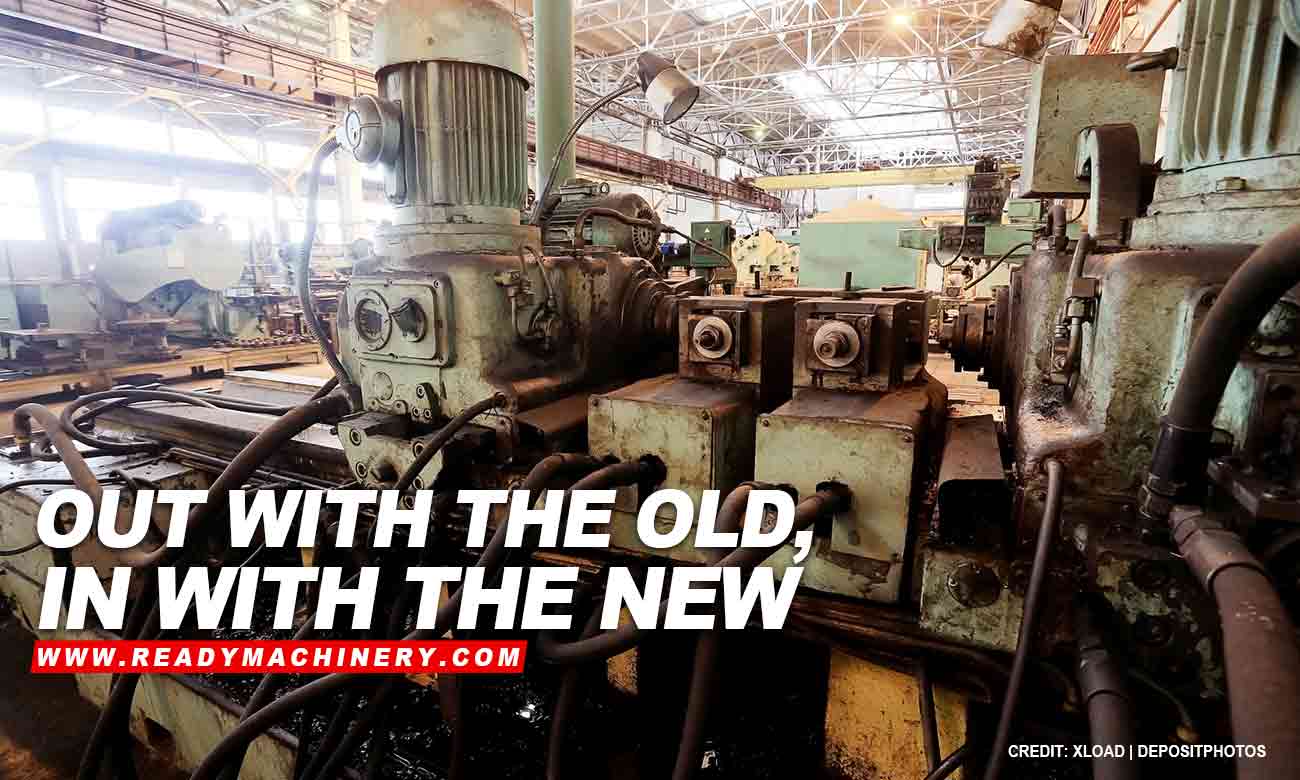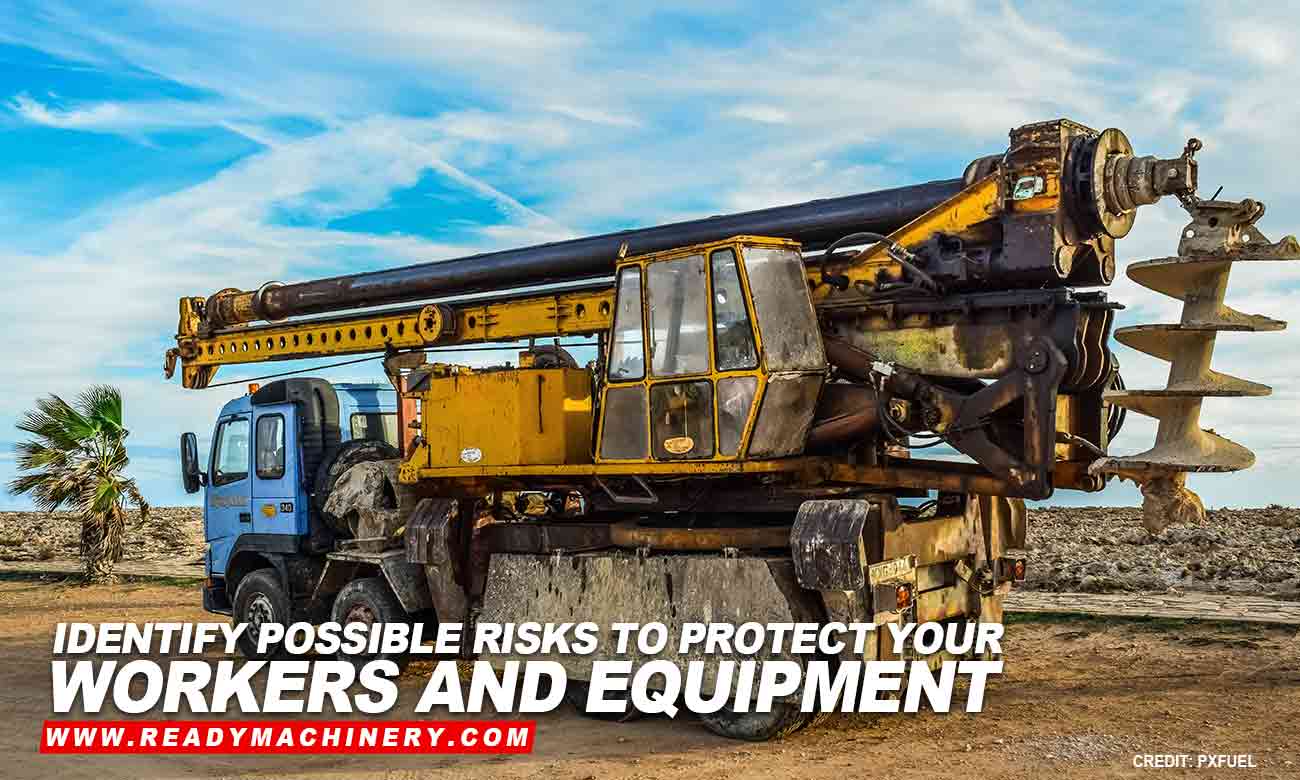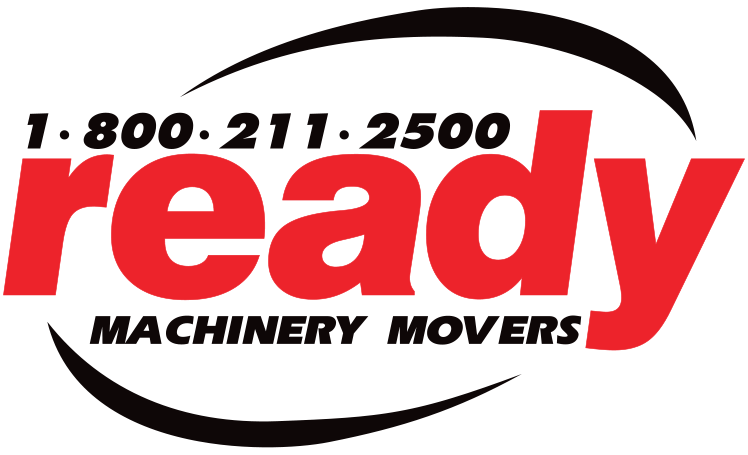If you’re running a manufacturing company, whether, for food and beverages, medicine, or electronics, heavy equipment and machinery are a vital part of your operations. Because of their size, great consideration was given to their on-site placement and no small amount of planning was done to ensure that they were installed in the best location possible.
However, certain situations may arise to necessitate the relocation of these large pieces of equipment — but what exactly could these situations be?
Why You May Need to Move Your Heavy Machinery
Here are 7 reasons relocating heavy equipment and machinery may be necessary:
-
Removal and Replacement of Machinery

If the equipment is old, obsolete, or damaged beyond repair, it needs to be either replaced or removed. Keeping an old and/or dysfunctional machine can be hazardous to the workplace. It can injure workers, damage other machines (if bits or parts are dislodged), and decrease your company’s productivity. You need to move unwanted equipment out of the building while moving new equipment in.
-
Rearranging Company Space
If you want to optimize your operations floor, all equipment must be well-arranged to minimize the idle time between processes. However, if your facility needs to improve its overall efficiency, you may need to start moving your heavy machinery around.
-
Relocation
Another reason companies need to move their heavy equipment is when they are relocating the entire facility. While they may be installing new equipment at the new location, not everything from the original site is easy to replace. For this purpose, many manufacturing facilities turn to companies that specialize in handling machinery for transport and relocation — whether it’s within the city limits or in another location across the country.
-
Expansion of Company

When a company expands its products and services, this can involve the introduction of new processes and new equipment. However, because the lack of space can be detrimental to worker safety and overall production, broadening the list of offers may also mean having to expand the facilities. To make the most out of the larger space, your company may need to move even the largest pieces of equipment around.
-
Downsizing of Company
At the other end of the spectrum, your company might be downsizing. Since your company would need to eliminate certain departments and let go of some workers, this also means having to let go of a few pieces of heavy machinery. Additionally, if you’re relocating, you will need heavy hauling services to transport your current equipment.
-
Selling of Machinery

If your company is downsizing, relocating, or upgrading, you’ll likely have to get rid of old machinery either by dumping or selling it. If the equipment is still in good working order or needs only a few repairs, selling is the best course of action. Once your machinery is sold, you may be required to transport it to the new owner’s facility.
-
Assisted Moving of Machinery
Some heavy machinery is equipped with its own set of wheels. However, it can be difficult to move these types of equipment across long distances or if they are surrounded by supplies or other equipment. They may need to be lifted instead of rolled to their new location — even if it is within the same facility.
-
Equipment upgrade
When a piece of equipment is outdated or if a new and more powerful version is made available, your company can benefit from an upgrade. Heavy machinery moving comes in when you need to remove the old equipment and bring in the new one, whether your purchasing from the manufacturer themselves or swapping with another company.
Relocating heavy machinery, however, is not as easy as moving houses. You need transport equipment built to handle extremely heavy loads from a 60-ton capacity lift truck to 600-ton hydraulic gantry systems. If you do not have any of these on hand, you can rent them or hire a reliable moving company specializing in heavy transport.
Risks of Moving Machinery

While your employees can move machinery themselves, it’s necessary to consider potential risks. Conducting a risk assessment prior to relocating machinery will increase the likelihood of safe and secure transport.
Below are the risks associated with moving heavy equipment and machinery:
- Caught-in/between accidents – People can get struck and sustain painful injuries when moving heavy machinery. Machine parts like rollers, belts, and pulley drives can trap or draw in parts of the body. Machines are also capable of crushing people since their moving and fixed parts can crush people. Such moving parts can also cause shearing.
- Struck-by accidents – A machine’s sharp edges and pointed parts can cut and pierce through people’s skin. Also, some surfaces of a machine are rough and can cause abrasion or friction.
- Burns and electrical shocks – There are also parts of a machine where it is extremely hot or it generates steam, which can cause scalds and burns. Some parts also emit electricity which can also burn and shock people.
- Damage to the machine – Certain machines, especially those involved in pharmaceutical production, have extremely sensitive parts. Moving them requires extra care, otherwise, they can be damaged in transit.
To avoid these risks, you need to entrust the handling and moving of these machines to experts with specialized skills and equipment.
How to Choose the Right Machinery Moving Company

Choosing the company that will be handling the machinery relocation job requires consideration of specific factors. Here’s what you need to look for when hiring your moving company:
- Insurance and Licensing – Your chosen relocating services must have the necessary permits, such as insurance and license. A license indicates their legal standing and up-to-par services. Insurance protects you from out-of-pocket costs resulting from untoward incidents.
- Reviews – Knowing other people’s experiences will also help you figure out if you are choosing the right moving company. Search for online reviews and previous customers to gain more information and gauge performance.
- Safety – Find out their safety rating. Credible moving companies will meticulously follow workplace safety procedures.
- Experience – Ask the following questions: How long have they been in the business? What’s their track record for successful machinery transportation?
- Equipment – Credible moving companies make use of both standard and specialty equipment, such as cranes and forklifts, for relocation jobs. Find out if they have the right tools to move your equipment.
